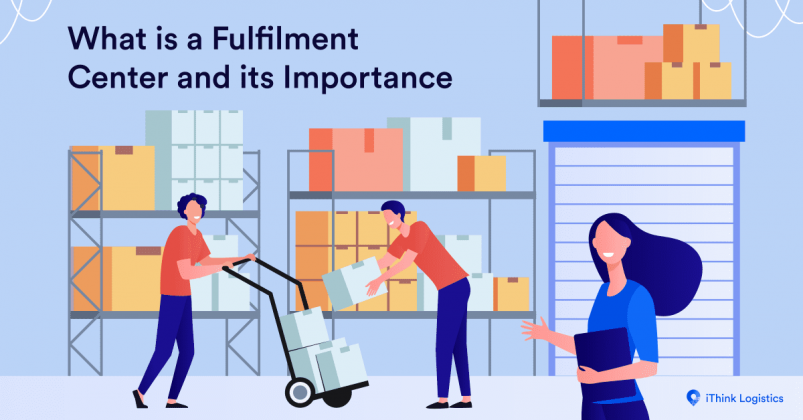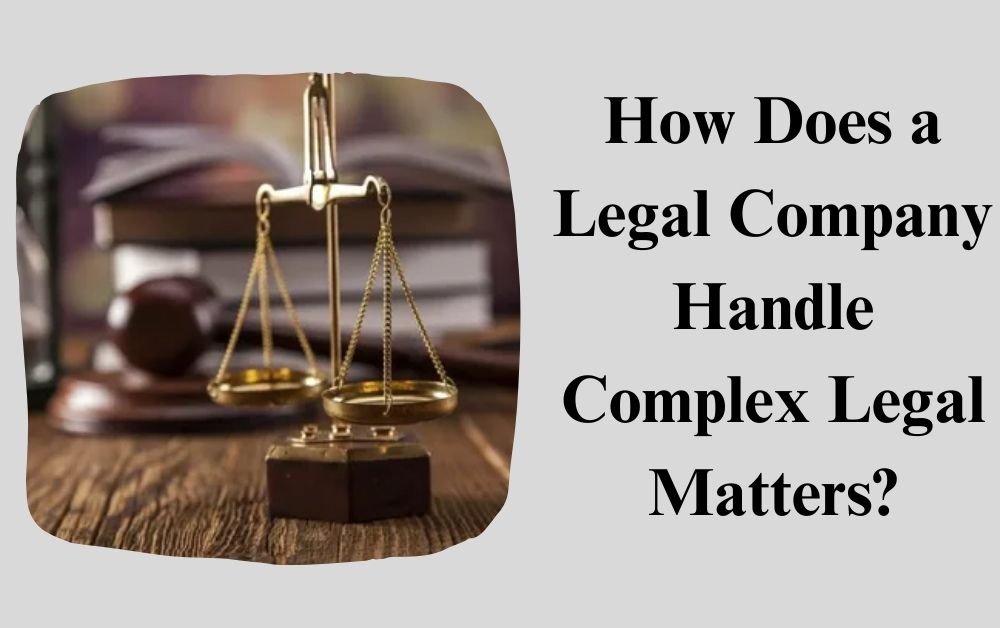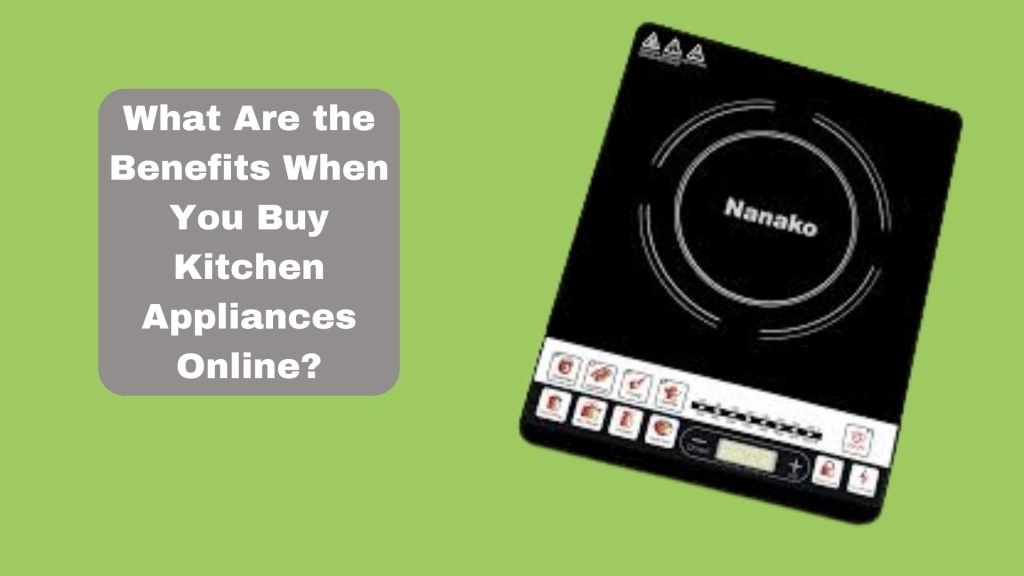Distribution Center vs Fulfillment Center: Navigating the Logistics Labyrinth


In the fast-paced world of logistics, understanding the nuances between a distribution center (DC) and a fulfillment center (FC) is crucial for businesses aiming to streamline their operations and meet customer expectations efficiently.
Definition of Distribution Center
A Distribution Center serves as a hub for receiving, storing, and distributing products in large quantities. Its primary focus is on managing bulk shipments and ensuring products move seamlessly through the supply chain.
Definition of Fulfillment Center
On the other hand, a Fulfillment Center is designed for the rapid processing of individual orders. It emphasizes picking, packing, and shipping items directly to consumers, often playing a pivotal role in e-commerce operations.
Importance of Understanding the Differences
The distinction between distribution and fulfillment centers becomes crucial for businesses aiming to optimize their logistics strategies. Choosing the right model can significantly impact efficiency, costs, and overall customer satisfaction.
Key Functions
A. Distribution Center Functions
- Receiving and Storing Inventory: Distribution centers excel in managing large quantities of inventory, receiving bulk shipments from manufacturers.
- Order Picking and Packing: Orders are typically processed in larger quantities, with emphasis on efficiency in picking and packing.
- Shipping and Transportation: Distribution centers focus on outbound logistics, coordinating transportation for bulk shipments to various destinations.
B. Fulfillment Center Functions
- Order Processing and Management: Fulfillment centers prioritize individual order fulfillment, ensuring timely processing and accuracy.
- Inventory Management: These centers maintain a dynamic inventory system, constantly updating stock levels to meet immediate demands.
- Shipping and Last-Mile Delivery: Fulfillment centers specialize in the final stages of the supply chain, ensuring prompt delivery to end consumers.
Operational Dynamics
A. Distribution Center Operational Model
- Bulk Shipments: Distribution centers thrive on handling large shipments, optimizing transportation for economies of scale.
- Larger Storage Space: With a focus on bulk storage, distribution centers require extensive warehouse space.
- Regional Focus: Distribution centers strategically position themselves to serve specific regions efficiently.
B. Fulfillment Center Operational Model
- Individual Order Fulfillment: Fulfillment centers operate on a model of picking and packing individual orders, catering to diverse customer locations.
- Compact Storage Systems: Space is utilized efficiently, with compact storage systems designed for quick retrieval of individual items.
- Nationwide or Global Reach: Fulfillment centers often have a broader reach, enabling businesses to serve customers on a national or even global scale.
Technology Integration
A. Distribution Center Technology
- Warehouse Management Systems: DCs implement advanced software to optimize inventory control and streamline warehouse operations.
- Automated Handling Equipment: Robotics and automation play a significant role in handling and moving bulk inventory efficiently.
- Tracking and Monitoring Tools: Real-time tracking tools enhance visibility, allowing precise control over the movement of products.
B. Fulfillment Center Technology
- Order Processing Software: FCs leverage sophisticated software to manage and process individual orders swiftly.
- Robotics and Automation: Automation is key to the rapid processing of orders, reducing human error and increasing efficiency.
- Real-Time Order Tracking: Fulfillment centers prioritize transparency, offering customers real-time tracking of their orders.
Efficiency and Cost Factors
A. Distribution Center Cost Factors
- Bulk Shipping Advantages: Economies of scale in transportation contribute to lower shipping costs for bulk shipments.
- Economies of Scale: DCs benefit from lower per-unit costs due to handling larger quantities of products.
B. Fulfillment Center Cost Factors
- Individual Order Processing Costs: Fulfillment centers incur higher per-unit costs in processing individual orders.
- Last-Mile Delivery Expenses: The focus on last-mile delivery contributes to increased transportation costs for FCs.
Choosing the Right Model
A. Factors Influencing the Choice
- Business Size and Scale: Small businesses might lean towards fulfillment centers, while larger enterprises may find distribution centers more suitable.
- Geographic Distribution of Customers: Fulfillment centers are advantageous for businesses with dispersed customer bases.
- Product Characteristics: The nature of the products, whether bulk or individual units, plays a crucial role in the choice between DCs and FCs.
Industry Examples
A. Distribution Center Examples
- Retail Supply Chain: Retailers often rely on distribution centers to efficiently manage the flow of products from manufacturers to stores.
- Manufacturing Sector: Manufacturers utilize distribution centers to store and distribute raw materials and finished goods.
B. Fulfillment Center Examples
- E-commerce Giants: Companies like Amazon operate vast fulfillment centers to meet the demands of online shoppers.
- Subscription Box Services: Fulfillment centers are integral to subscription box services, ensuring timely delivery of curated products.
Future Trends
A. Distribution Center Trends
- Sustainable Practices: DCs are increasingly adopting eco-friendly practices to align with global sustainability goals.
- Advanced Analytics: The integration of advanced analytics enhances forecasting and inventory management in distribution centers.
B. Fulfillment Center Trends
- Same-Day Delivery Innovations: Fulfillment centers are exploring same-day delivery options to meet the growing demand for faster shipping.
- Integration with Emerging Technologies: AI and IoT integration are shaping the future of fulfillment centers, improving efficiency and order accuracy.
Challenges and Solutions
A. Distribution Center Challenges
- Inventory Management Complexities: DCs face challenges in managing diverse inventory with varying shelf lives.
- Transportation Challenges: Coordinating bulk shipments can be complex, with potential delays in transportation.
B. Fulfillment Center Challenges
- Last-Mile Delivery Issues: Fulfillment centers encounter challenges in optimizing last-mile delivery routes for individual orders.
- Order Accuracy Concerns: Processing individual orders increases the risk of errors, requiring robust quality control measures.
The Evolving Landscape
A. Impact of Market Changes
The logistics industry is evolving rapidly, driven by changes in consumer behavior and technological advancements.
B. Adaptation Strategies
Businesses must stay agile, adopting flexible logistics strategies to navigate the evolving landscape successfully.













